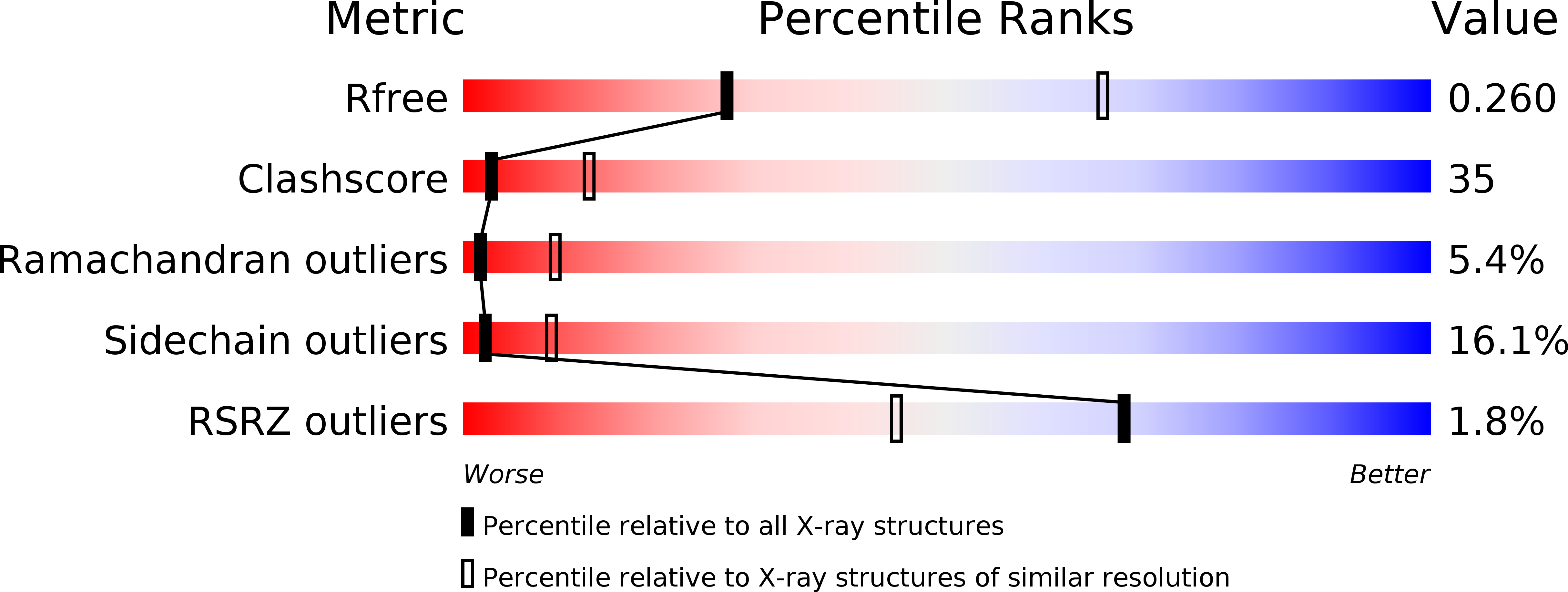
Deposition Date
2012-02-28
Release Date
2012-05-23
Last Version Date
2024-03-20
Entry Detail
PDB ID:
4DXW
Keywords:
Title:
Crystal structure of NavRh, a voltage-gated sodium channel
Biological Source:
Source Organism:
alpha proteobacterium HIMB114 (Taxon ID: 684719)
Host Organism:
Method Details:
Experimental Method:
Resolution:
3.05 Å
R-Value Free:
0.26
R-Value Work:
0.23
R-Value Observed:
0.23
Space Group:
P 42


